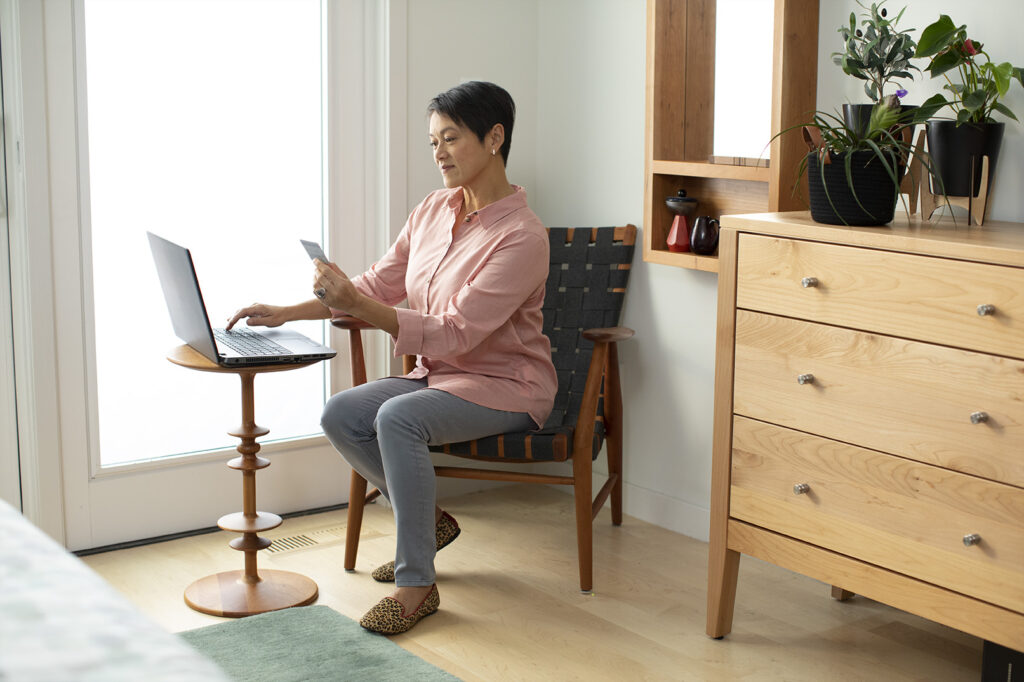6 Essential Features for a Better IVR Payment System
Paying bills may never be customers’ favorite activity, but reducing friction points during the bill-paying process can get your invoices paid faster. In fact, Millennials report they are more likely to prioritize paying bills that are easy to pay before taking care of those that are more inconvenient.
Unfortunately, more than half (52%) of consumers report experiencing at least one pain point when paying bills, and 29% encountered multiple issues. Top bill-paying complaints include log-in frustration, authentication issues and a lack of autopay options. By creating convenient payment options for your customers, you improve their overall experience, which can lead to collecting more on-time payments.
One way to conveniently accept payments is with a thoughtfully designed interactive voice response (IVR) payment system. IVR payment systems use Voice over Internet Protocol (VoIP) technology to guide customers through the payment process over the phone. These systems are a convenient, efficient and secure method of taking payments that benefits both customers and merchants. However, poorly designed IVR payment solutions increase customer frustrations instead of reducing them.
So what should you look for in an IVR payment system so you can improve your business and avoid any pitfalls? Read more to learn the 6 key features the best IVR systems have that improve the payment experience for customers.
Benefits of Offering IVR for Payments
Customers expect the payment experience to be quick, convenient and secure. Quality IVR services meet all three of these expectations. Customers may also expect merchants to offer an IVR payment option; according to a 2022 survey of more than 2,100 online bill payers, 26% had paid a bill via an automated phone system within the past year.
The IVR payment process is:
- Fast: By using an automated IVR payment system, customers don’t have to wait to speak with a live agent. The average IVR payment call takes about three minutes. This can be significantly faster than other payment processing options, such as finding the merchant’s payment portal, logging in and resetting a password after multiple failed login attempts or waiting on hold to speak to an agent to complete a payment.
- Convenient: IVR payment solutions allow customers to pay their bills 24/7—without an internet connection. Customers are also able to enter their payment reference number (e.g., invoice/account/policy number) so they don’t have to remember a password.
- Secure: IVR payment platforms securely process transactions and reduce the risk that sensitive payment data is exposed either via unauthorized access to internal systems or through call center agents manually accepting payment details over the phone.
- When using an IVR system, customers can enter their credit card or Automated Clearing House (ACH) information via their phone keypad instead of reading out the information to a contact center agent. This prevents someone from overhearing the conversation and jotting down the information.
- Merchants should select an IVR system that complies with the Payment Card Industry Data Security Standard (PCI DSS).
- Affordable: IVR payment systems benefit merchants by increasing efficiency and decreasing labor costs by reducing payment-related calls to contact center agents, which cost around $5 or more per call. While a few dollars per call may not sound like much, it adds up quickly. In contrast, IVR payment calls cost merchants about 50 cents each.
6 Must-Have IVR Payment System Features
IVR payment systems need to provide:
- Multiple payment options (credit card and ACH) for full or partial payments
- Several ways for customers to connect to the IVR system
- Call a direct number (printed on statements or included in an email or text notification)
- Access via the IVR menu (e.g., press 1 to pay your bill)
- Agent transfers callers to the payment IVR
- A variety of menu options after the customer completes payment
- Make another payment
- Receive an email/text receipt
- Speak with an agent
- Store (or update) payment method(s) for future transactions
- An outbound IVR system that
- Delivers payment reminders
- Allows customers to schedule a convenient time to receive an automated call to make their payment
- The ability to easily make changes to your IVR system based on your business’ needs
- Integration with billing and accounting systems, allowing payments to be posted directly to your business in real time
CSG Forte offers an IVR payment system with inbound and outbound options for fast, convenient and secure payment processing. With CSG Forte’s IVR solution, live agent calls have been reduced by up to 70% for payments, on average.
Contact us to learn how CSG Forte can streamline your payment processes and reduce inbound calls to your call center. Get started today.










